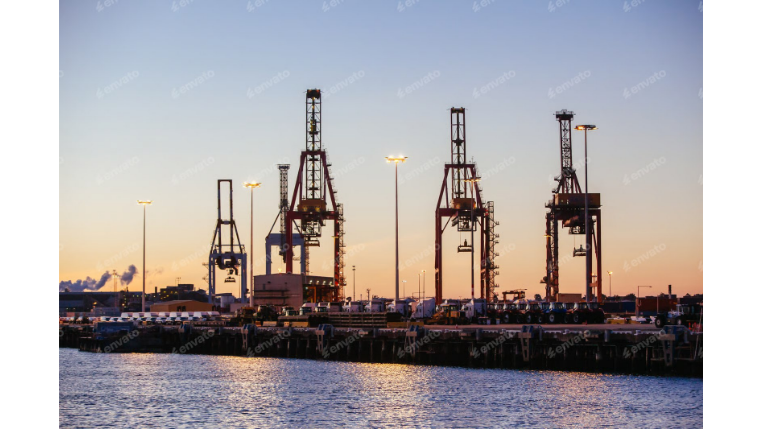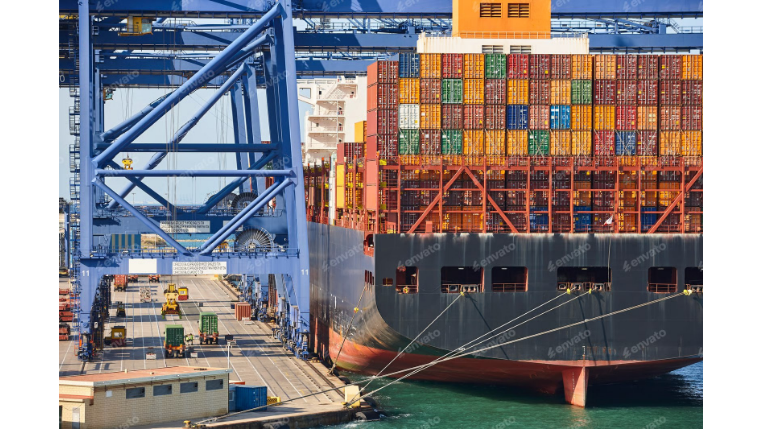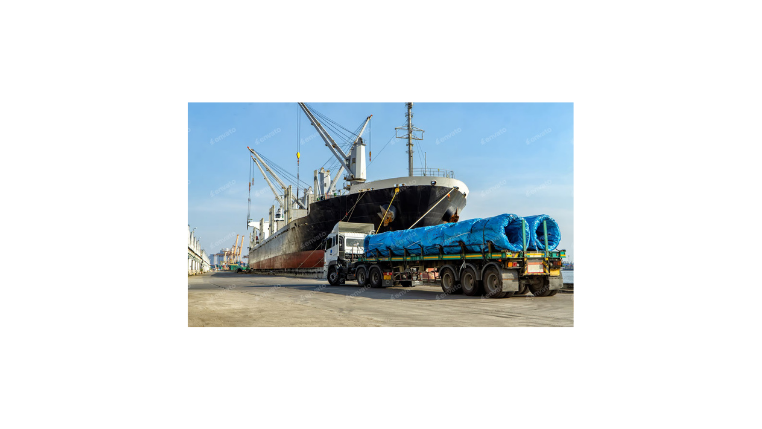China’s role as the world's leading exporter and manufacturing powerhouse is powered by a robust and highly efficient network of ports. These maritime gateways are not merely points of entry and departure; they are strategic economic hubs that facilitate an immense volume of international trade, connecting the country's industrial might to markets in every corner of the globe. With a coastline spanning thousands of miles, a handful of ports stand out for their sheer scale, technological sophistication, and strategic importance.
This guide provides a detailed overview of the Top 5 Major Ports in China, explaining their significance and unique contributions to both the national and global supply chain.
What Makes a Port "Major"?
Before diving into the specifics, it's important to understand the criteria that classify a port as a "major" hub. In the context of China and global trade, this designation is based on several factors:
- Cargo Volume and TEU Throughput: A major port handles an exceptionally high volume of cargo, measured in tonnes or Twenty-foot Equivalent Units (TEUs), particularly for containerized freight.
- Strategic Location: Its position on key international shipping lanes allows it to serve as a central hub for trade, often at the mouth of major rivers or in key economic zones.
- Infrastructure and Facilities: It must possess modern infrastructure, including automated terminals, deep-water berths, and extensive storage capacities, to handle various types of cargo efficiently.
- Intermodal Connectivity: A major port has robust connections to the country's extensive rail, road, and inland waterway networks, enabling seamless intermodal transport.
The Top 5 Major Ports in China
These five ports are the pillars of China's maritime trade, each with a unique role in the country's economic landscape.
1. Port of Shanghai
As the largest and busiest container port in the world, the Port of Shanghai remains unparalleled in its capacity and efficiency.
- Key Features: Strategically located at the mouth of the Yangtze River, it is the primary gateway for international trade in China's most economically developed regions. The port features cutting-edge facilities, including automated terminals and deep-water berths capable of accommodating the largest vessels.
- Significance: Shanghai has been the world’s busiest port by cargo volume for over a decade. It serves as a crucial hub for exports ranging from electronics and textiles to raw materials, solidifying China’s position in global commerce. For a deeper understanding of its operations, the official Port of Shanghai website is an excellent resource.
2. Port of Ningbo-Zhoushan
This port has rapidly ascended the ranks to become one of the busiest in the world, handling over a billion tons of cargo annually.
- Key Features: Located on the East China Sea coast in Zhejiang Province, it is an ideal hub for importers and exporters looking to minimize transit times. The port is a pioneer in green initiatives, implementing measures to reduce emissions and improve sustainability, an increasingly important factor for modern supply chains.
- Significance: Ningbo-Zhoushan is a key part of China's "One Belt, One Road" initiative and serves as a major hub for trade with the U.S., Europe, and the Middle East, with connections to over 600 ports in 100 countries.
3. Port of Shenzhen
Situated in Guangdong Province, the Port of Shenzhen is synonymous with innovation and high-tech trade.
- Key Features: Shenzhen is one of China's most significant ports for foreign trade and a critical gateway for high-tech goods, including electronics and machinery. It has multiple terminals, each specializing in different types of cargo, and its advanced logistics capabilities reinforce its position as a global trade hub. As of 2022, the port’s throughput has exceeded 30 million TEUs, making it a top-five global port.
- Significance: It is the primary maritime entry point for the high-tech manufacturing powerhouse of the Pearl River Delta, serving as a crucial link for international trade in this economically vibrant region.
4. Port of Guangzhou
One of China's oldest ports, Guangzhou Port has a rich history dating back to the Tang dynasty, when it was a key point on the ancient maritime Silk Road.
- Key Features: Located in the Pearl River Delta, Guangzhou is now the largest comprehensive port in South China. It boasts state-of-the-art facilities and a strong focus on sustainable practices. The port also serves as a critical transportation hub, with seamless integration of waterway, railway, and road connections.
- Significance: Guangzhou plays a crucial role in the economy of the Pearl River Delta region, acting as a vital gateway for industries in neighboring provinces and connecting them to major markets in Asia, Europe, and North America.
5. Port of Qingdao
Located on the Yellow Sea, the Port of Qingdao is a vital gateway for northern China.
- Key Features: Qingdao is at the forefront of technological innovation, with automated terminals and advanced tracking systems that streamline operations. It is a deep-water harbor that can accommodate some of the world's largest vessels, handling a diverse range of cargo from containers to dry bulk and oil.
- Significance: Its strategic location makes it a key player in trans-Pacific trade routes. The port's development is also integral to the regional economy, serving as the main gateway for the Yellow River Basin and Shandong province. For a detailed analysis of Qingdao's port competitiveness, you can refer to academic studies like the one published by Atlantis Press.
Conclusion
The Top 5 Major Ports in China are a testament to the nation’s logistical power and its indispensable role in the global supply chain. Their massive cargo volumes, strategic locations, and continuous investment in advanced technology have made them not just national assets but global hubs of commerce. For any business involved in international trade, understanding the unique strengths of each of these ports is crucial for optimizing logistics, ensuring efficiency, and navigating the complexities of the global marketplace.










